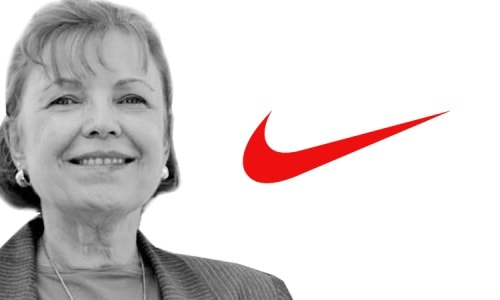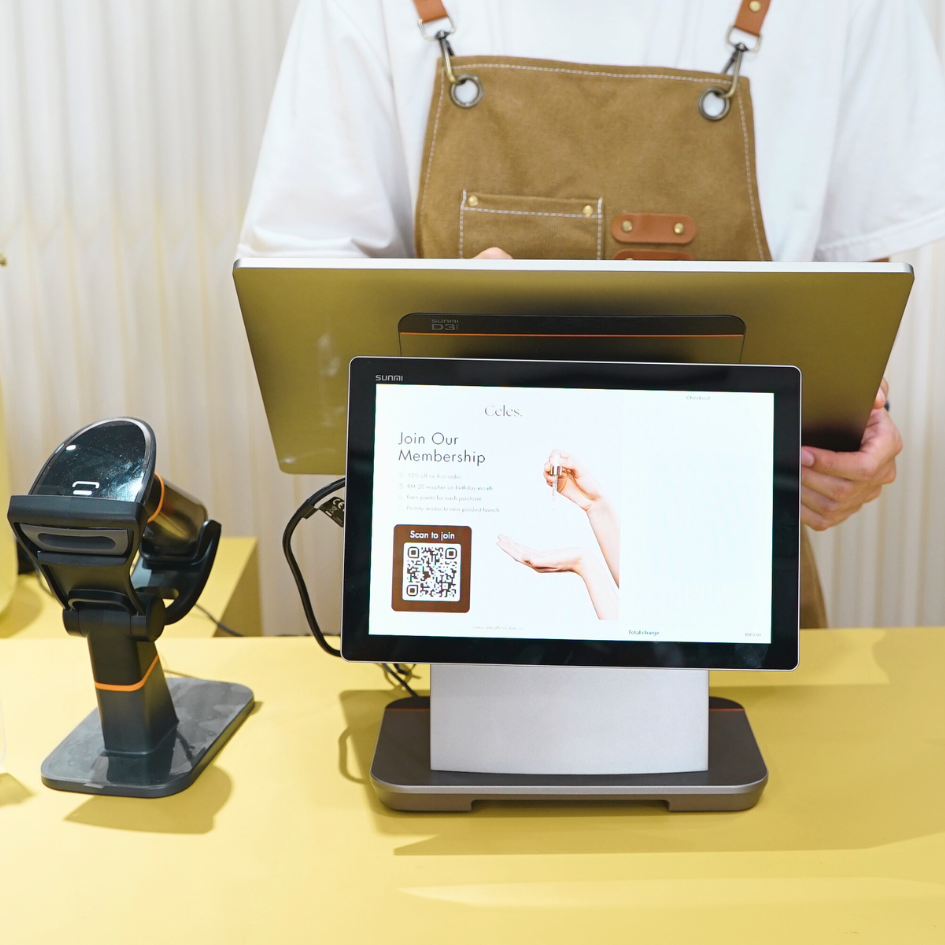The Story Behind the Creation of the Nike Logo
By Anna from Logaster · 27th August, 2019

Table of Contents
This blog was updated on 18 April 2025, for more information connect with our team: https://www.easystore.co/contact
The Story Behind the Creation of the Nike Logo
Creating a logo can be a story in itself — and that’s exactly what happened with Nike.
Today, the brand needs no introduction, but in the beginning, its founder, Phil Knight, wasn’t so sure about the logo’s effectiveness.
Now, the famous “Swoosh” is one of the most recognizable symbols in the world and a role model for branding.
The Meaning Behind the Nike Logo
Every brand starts with a name. Nike was named after the Greek goddess of victory, Nike, who appeared in a dream to Jeff Johnson, a colleague of Phil Knight.
In Greek mythology, Nike represents victory — a perfect embodiment of the brand’s spirit of determination, speed, and goal achievement. This set the foundation for the brand's identity and logo design.
The Creation Story
The inspiration for the Swoosh came from the movement and image of the goddess Nike. But the execution faced challenges: professional designers couldn’t meet Phil Knight’s expectations.
So, he turned to Carolyn Davidson, a graphic design student at Portland State University, who had previously helped him with design work when his business was just starting.

Phil discovered that Carolyn needed extra money for art classes and offered her $2 per hour to create a logo that captured the company’s essence and uniqueness.
Carolyn sketched several ideas, combining two curves to form a shape that felt dynamic and constantly in motion.
Phil’s colleagues liked it, and the design was adopted as the official logo. For her 17.5 hours of work, Carolyn was paid $35.
But her reward didn’t stop there. In 1983, after Nike had grown into a major brand, Phil Knight honored her with a gold ring featuring the Swoosh and shares in the company — now worth over $1.5 million.
Key Elements of the Nike Logo Design
Shape:The logo features two connected curves forming a forward-leaning tick, symbolizing movement, speed, and goal achievement.
Its shape also resembles a boomerang and pairs seamlessly with Nike products, especially shoes.
Color:Carolyn’s original design was white on a blue background.
Over time, it evolved to red and black, adapting effortlessly while retaining its identity. The Swoosh is versatile and looks striking in any color.
Font:The accompanying font has evolved over time — from a handwritten style crossing over the Swoosh to a bold, symmetrical typeface.
By 1995, the company removed the text altogether, leaving just the Swoosh, which by then was universally recognized.
Nike Logo Evolution

1971: White tick with a black outline and handwritten brand name. While functional, the text was hard to read on products.
1978: The brand name moved above the Swoosh in a symmetrical, stricter font. The tick was stretched and rounded.
1985: Rebranded to a red-and-white version, with increased letter spacing. This marked one of Nike’s most successful brand moments.
Modern Day: The brand now relies solely on the Swoosh, changing its design and color depending on the context. It’s one of the few symbols globally recognized without needing a name attached.
What If It Was Created Using an Online Generator?
Today, online logo generators like Logaster offer easy tools to create logos based on a business name and category.
These services can produce dozens of customizable designs without requiring drawing or design skills.
While convenient, what made the Nike Swoosh iconic wasn’t just the shape — it was the story, the brand vision, and the meaning it carried.
That’s what elevates a logo from being good to legendary.
Conclusion
A great idea, the entrepreneurial spirit of Phil Knight, and Carolyn Davidson’s simple, powerful design made Nike a brand recognized worldwide.
The Swoosh proves that simplicity, clarity, and meaningful storytelling can lead to branding success that lasts for decades.
Make Customers Love Buying From You
EasyStore empowers your brand to prioritize customers and enhance their experience, creating a unified customer experience (UCX) that makes customers love buying from you.
Over 50,000 brands have grown their businesses by embracing unified customer experiences (UCX) strategy through EasyStore across multiple sales channels - online store, retail outlets, marketplaces, and social media, ensuring consistency in product and service offerings for a seamless shopping journey.
Embrace UCX and redefine your business success today
Discover how UCX can elevate your customer engagement with a truly unified journey for your customers, streamline operations, and drive growth across all channels.
Contact Us




